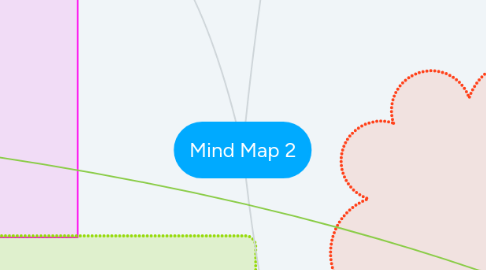
1. Reproductive System
1.1. Functions
1.1.1. transfer genetics to future generations
1.1.2. not necessary for survival
1.2. Meiosis
1.2.1. used to merge genetics
1.2.2. specific to reproductive cells
1.3. Systems
1.3.1. Female
1.3.1.1. Functions
1.3.1.1.1. houses embryo to allow growth
1.3.1.1.2. receives sperm from male
1.3.1.2. Organs involved
1.3.1.2.1. ovaries
1.3.1.2.2. oviducts
1.3.2. Male
1.3.2.1. Functions
1.3.2.1.1. provides sperm for reproduction
1.3.2.1.2. produces hormones
1.3.2.1.3. Spermatogenesis
1.3.2.2. Organs involved
1.3.2.2.1. testes
1.3.2.2.2. spermatic cord
2. The reproduction system and endocrine system work together by producing and utilizing hormones for essential growth and reproduction.
3. The integumentary system and reproductive system and joined in many ways. While the reproductive system is growing and fetus, the integumentary system is also involved while skin grows on the fetus in utero. The integumentary system additionally applies a defence during breeding to prevent injury to the female. The integumentary system is also improvement when performing overiohysterectomy surgeries or orchidectomy surgeries. Tension lines are important for incision to assist in healing and quick recovery for the animal.
4. The endocrine system and integumentary system work together to absorb and maintain the electrolyte balance needed for homeostasis.
5. Endocrine System
5.1. Hormones
5.1.1. Growth and Reproduction
5.1.1.1. Somatotropin : promotes growth by anabolism
5.1.1.2. Prolactin: helps to maintain lactation and assists with teat development
5.1.1.3. FSH: stimulates follicle growth in the ovaries which additionally stimulates estrogen production. This hormone also stimulates spermatogenesis and oogenesis.
5.1.1.4. LH: increases levels on estrogen and peaks during ovulation. Interstitial cell growth and production of testosterone occurs in males due to LH.
5.2. Functions
5.2.1. maintains homeostasis by regulation metabolism and the water/electrolyte balance
5.2.2. stress response
5.2.3. growth and development
5.2.4. reproduction
5.2.5. red cell production
5.2.6. regulates circulation and digestive function with help from the autonomic nervous system
6. Integumentary System
6.1. Functions
6.1.1. provides a covering for protein and electrolyte retention
6.1.2. protects animal
6.1.3. allows for flexibility during movement
6.1.4. controls temperature via blood flow
6.1.5. first line of defence for immunity
6.1.6. sensory receptors in skin
6.1.7. allows for vitamin D synthesis which is vital for calcium absorption in the body
6.2. Structures
6.2.1. Epidermis
6.2.1.1. basal layer
6.2.1.2. spiny layer
6.2.1.3. granular layer
6.2.1.4. clear layer
6.2.1.5. horny layer
6.2.2. Dermis
6.2.2.1. papillary layer
6.2.2.1.1. meissner's corpuscles
6.2.2.2. reticular layer
6.2.2.2.1. tension lines
6.2.3. Hypodermis
6.2.3.1. contains touch receptors called Pacinian corpuscle
6.2.3.2. senses heavy touch to skin
